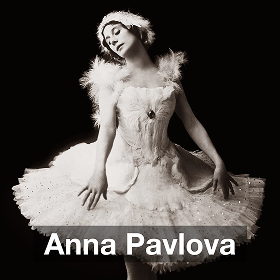Ballet is a classical dance form known for its grace, precision, and highly technical movements. Originating in the Italian Renaissance courts of the 15th century and later developing in France and Russia, ballet has evolved into a globally recognized art form. It is characterized by elegant posture, fluid arm movements, and intricate footwork, often performed en pointe (on the tips of the toes). Over the centuries, ballet has developed into different styles, including classical, neoclassical, and contemporary ballet, each bringing unique elements to the traditional technique. Accompanied by orchestral music, ballet tells stories through expressive movement and has remained a cornerstone of both theatrical and modern dance.
This text is generated by AI.
History

Originated in Italy during the Renaissance.
Early forms of ballet emerged as part of lavish court entertainments. The term ballet comes from the Italian word ballare, meaning "to dance."

Ballet was brought from Italy to France, became a formal art form.
In the mid-1500s, Catherine de' Medici, an Italian noblewoman, became Queen of France. She brought Italian court dance to France and sponsored the development of ballet as a more formalized art form. In 1681 ballet moved from the courts to the stage

The Romantic movement influenced Ballet.
Early classical ballets such as Giselle and La Sylphide were created during the Romantic Movement in the first half of the 19th century. This movement influenced art, music and ballet.This is also the period of time when dancing on the tips of the toes, known as pointe work, became the norm for the ballerina.

Ballet flourished in Russia.
The popularity of ballet soared in Russia, and, during the latter half of the 19th century, Russian choreographers and composers took it to new heights. Marius Petipa’s The Nutcracker, The Sleeping Beauty and Swan Lake, by Petipa and Lev Ivanov, represent classical ballet in its grandest form.s

Ballet emerged into a more experimental form.
In the early part of the 20th century, Russian choreographers Sergei Diaghilev and Michel Fokine began to experiment with movement and costume, moving beyond the confines of classical ballet form and story. Ballet today continues to evolve, with many companies blending classical ballet with elements of modern dance, jazz, and other forms.

Music
Classical ballet often features orchestral scores, with composers like Pyotr Ilyich Tchaikovsky, Igor Stravinsky, and Sergei Prokofiev crafting some of the most iconic and enduring works for ballet, including Swan Lake, The Firebird, and Romeo and Juliet. In modern and contemporary ballet, choreographers sometimes work with a range of musical genres, from classical to electronic, exploring innovative ways to integrate music and movement.
This text is generated by AI.
Big names
Below are dancers who have made prominent impacts on the world of
Ballet dance.


